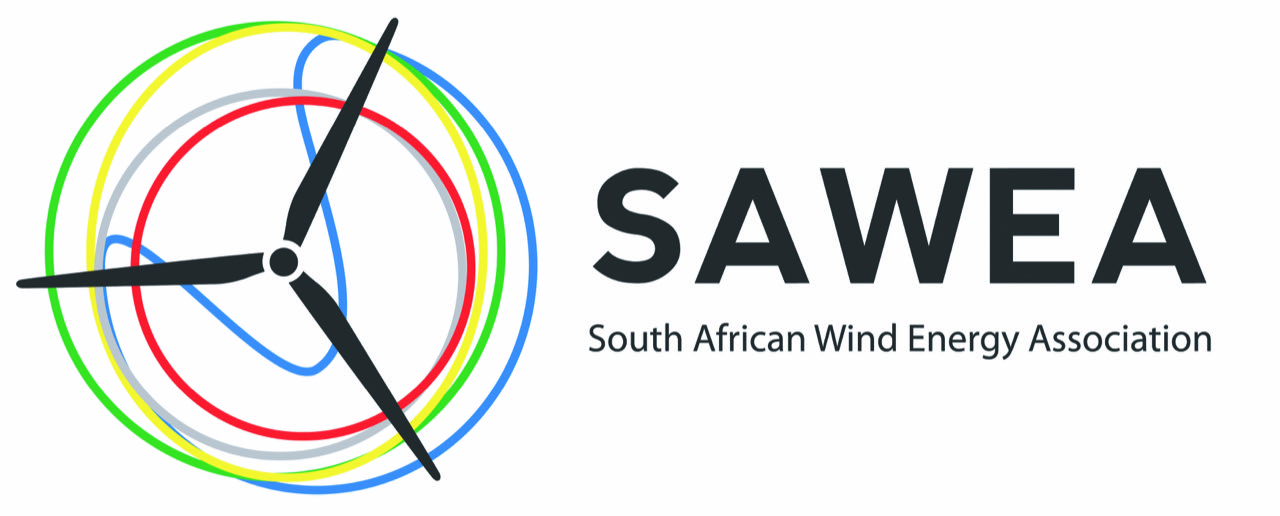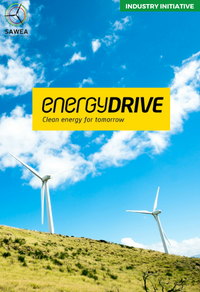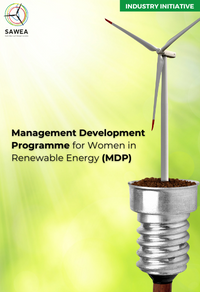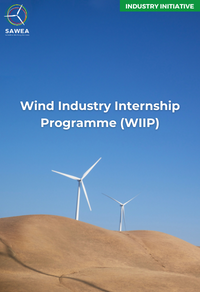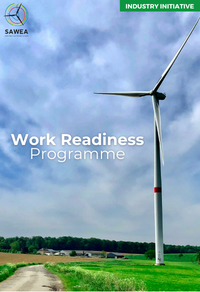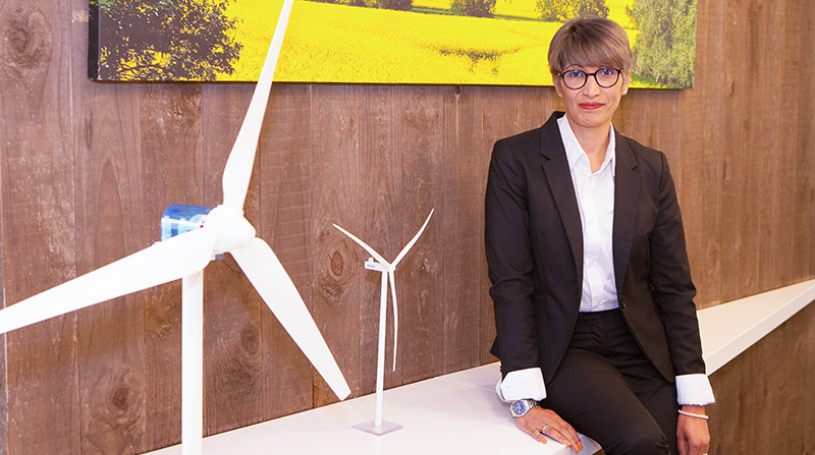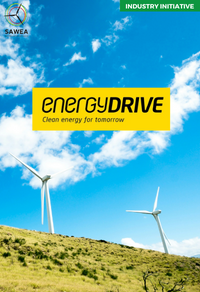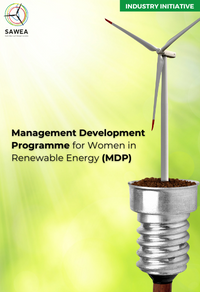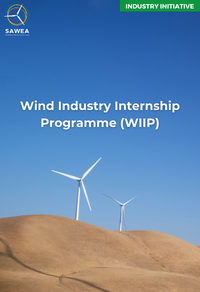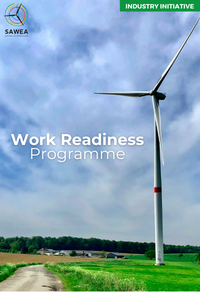Better Grid Management can Deliver More Power Sooner
As our country grapples with ongoing power cuts and the threat of a dark winter becomes a likely reality, energy specialists continue to work on possible solutions to deliver more power as quickly as possible. The hurdles are endless, and although solar and wind power plants can be built in a fraction of the time, when compared to thermal power, currently the grid itself doesn’t have the capacity to bring power from where it’s generated to where it’s needed. Accepting this reality is perhaps the first step to finding the solution in exploring ways to better manage the current grid, getting us closer to energy security.
This will, in essence, buy the country some time, while the State Utility and government defines the best model to build a new transmission system, which may very likely include a combination of public and private operators, says independent energy company, Enertrag South Africa. The company has been operating various clean energy technologies as a comprehensive energy system, in other parts of the world, and demonstrates that consistent energy supply from renewable sources is possible and that grid frequencies and volatility can be managed effectively. “Right now, we need more connecting points on the grid to alleviate pressure, especially in the Northern, Eastern and Western Cape, which are the provinces that are most constrained. Hence, the first step is to decide where we can locate grid infrastructure, and then to explore the possibility of repurposing transmission infrastructure located at power stations that are set to be decommissioned. Plus, another feasible option, is to explore co-locating renewable technologies, and in the case of South Africa, the most viable options are wind and solar PV, and perhaps hydro,” explains Mercia Grimbeek, Head of Project Development for Enertrag South Africa.
Looking at renewable energy technologies, solar PV is an easier resource as it is available across most of the country, but it doesn’t fit consumer’s power demand profile. However, by building wind and solar power plants alongside each other, a single transmission connection point can be used more effectively, meeting baseload demand. “By co-locating a wind and solar facility the network operator could in effect have a more consistent uptake of electrons at a particular connection point on the grid. For example, if one were to construct a 200MW wind farm adjacent to a 200MW solar farm, this does not mean 400MW injected into the grid all the time. Instead, the wind production is likely to happen in the late afternoon, throughout the night and in the morning, whereas the solar production happens during the day and hence, the combined energy production happens more consistently at a single connection point,” says Grimbeek. Since the technologies (wind and solar PV) do not compete with each other for the grid access, this is a very feasible option to maximise existing grid and the inclusion of battery storage further increases the consistency of supply.
Independent Power Producers (IPPs), are likely to find this a viable business model, as studies indicate a small overlap. “As a developer, we would consider an overlap of between 3% and 7% reasonable, provided that there is a mechanism to recoup the cost of the overlap from the grid operator,” added Grimbeek. Although co-location has not yet been proposed in South Africa, ENERTRAG SE (Germany), has extensive experience in system optimisation and grid management in Europe. The company is currently in the process of constructing a solar facility adjacent to an existing wind facility in the north of Germany. In addition, it has been operating battery technology since 2019. “Operating the various technologies as a comprehensive energy system has taught us that consistent energy supply from renewable sources is possible and that grid frequencies and volatility can be managed effectively,” concluded Grimbeek.
____________________________________ENDS_________________________________________
BOILERPLATE: ENERTRAG South Africa was established as a subsidiary of ENERTRAG SE, the German-based renewable energy company, in 2017. The company is a renewable energy development company, inclusive of wind and solar PV, in addition to green hydrogen and other technologies.
